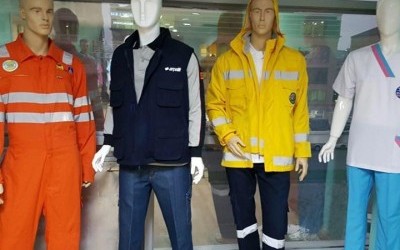Tailoring uniforms
Tailoring uniforms is the process of creating special clothing intended for specific groups of people or professional fields. Uniforms typically have standardized designs and structures and may include symbols, logos, or identification marks. Here are some key aspects of tailoring uniforms:
-
Custom Design: Depending on the customer&single_quot;s needs and the specific industry, tailoring uniforms can range from standard models to entirely custom designs. Uniforms can be adapted to meet professional requirements and the company&single_quot;s style.
-
Choice of Materials: Tailoring uniforms also includes selecting suitable materials. This can be lightweight and breathable fabric for medical uniforms, durable and fire-resistant materials for firefighter uniforms, and so on.
-
Identification Elements: Uniforms often contain identification elements such as emblems, logos, or special insignia to distinguish members of certain organizations or professional groups.
-
Comfort and Functionality: Uniforms should be comfortable for the wearer and meet the requirements of their profession. They may include additional pockets, adjustable elements, and other functional details.
-
Regulatory Compliance: In some professional fields, uniforms must comply with specific safety standards and regulations.
-
Quantity Production: When necessary, uniforms can be produced in large quantities for corporate clients, organizations, or military units.
-
Personalization: Sometimes uniforms can be personalized with wearers&single_quot; names or other individual elements.
Tailoring uniforms plays a crucial role in various fields, including the military, medical, hospitality, restaurant, sports, and many others. It provides identification, safety, and comfort for wearers and can be a key element of an organization&single_quot;s corporate identity.

